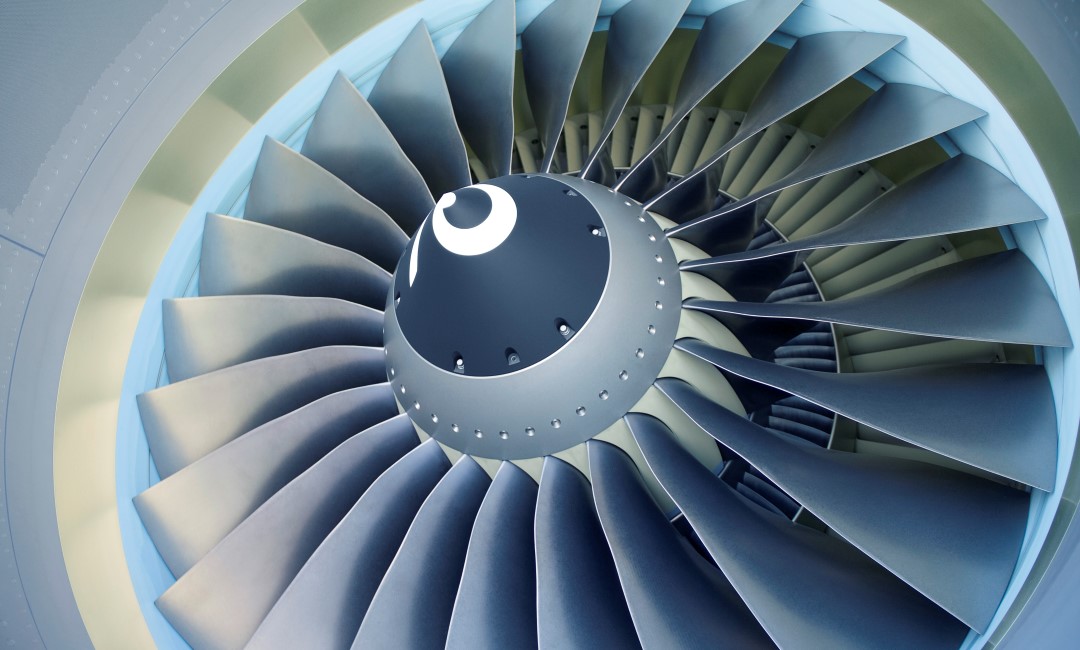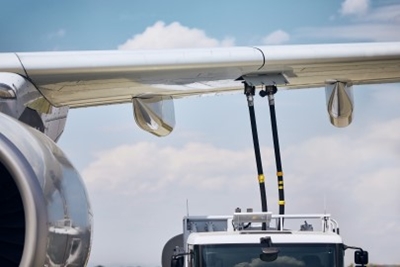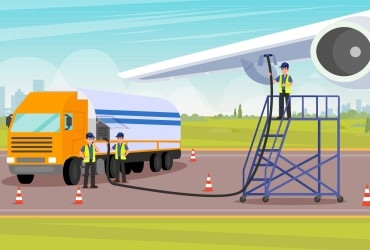Analysis: SAF supports sustainable aviation, but tight supply and high cost are barriers
The use of SAF is undoubtedly one of the keys to sustainable aviation. In the effort to make sustainable aviation fuel work to drastically reduce the CO2 footprint in aviation, two issues are ‘blocking the runway’ for now: the tight supply and the high cost of SAF.

This is the key takeaway from an extensive analysis of the future of sustainable aviation on naturalgasintel.com. The author is clear about the fact that SAF can play a huge role in the reduction of greenhouse gas (GHG) emissions through alternative fuels. In the analysis, the expert shows its concerns about the eight-fold increase in fuel cost that, as she puts it, “may stand in the way of landing on net-zero targets on time.”
The analysis states that enterprises such as BP plc, Eni SpA, Chevron Corp., Shell plc and TotalEnergies SE are among the operators that are producing SAF, with growth expected to continue as airlines clamor for supply. To meet the president Biden administration’s 3 billion gallon/year target, the industry would have to increase its annual supply by about 1,200 times, according to the U.S. Department of Energy (DOE). Similar numbers apply to the situation in Europe and other markets in the world.
Price plays a large factor as well. SAF, as with other sustainable fuels, many times more costly than their conventional fossil fuel counterpart. This will remain so for the coming years. Many of the world’s major airline associations, including SkyTeam, are committing to bring down GHG emissions, which means demand for SAF is likely to continue to rise. SAF today is the main option for airlines looking to decarbonize. Other avenues, such as liquid hydrogen and electrification, are not yet ready for large-scale market use.
How to increase production, bringing up supply and lower SAF prices? One avenue, the analyses claims, is to increase supply of SAF feedstock could be an incentive program for farmers to either grow energy crops for biomass or otherwise use land for producing SAF could make this more economically feasible.


